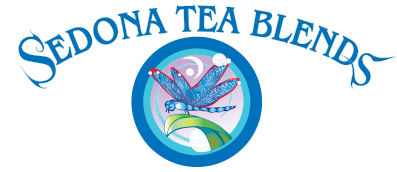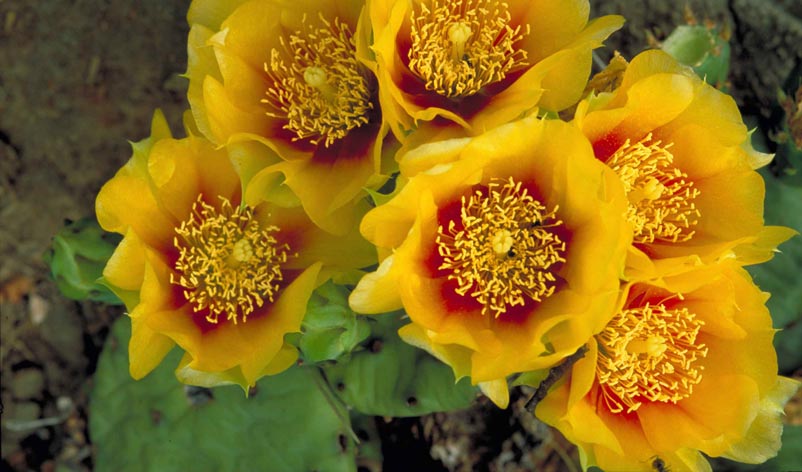For most people, when one thinks of the desert, an image that comes to mind is of the tall stately Saguaro cactus, the spiny knee high Prickly Pear cactus, and the tall thickly branched Ocotillo, all thorny with a hostile appearance. However, here in Sedona’s upper desert, there is a deceiving lushness of vegetation all year round. After the spring rains and again around the summer monsoon seasons, the desert floor becomes a colorful carpet of wildflowers which can be best appreciated by hiking one of the myriad finger canyons or designated trails throughout the red rock terrain.
Actually all of these plants offer incredible gifts of healing the body, mind and spirit. The Prickly Pear cactus (Opuntia spp.), for example, produces a wild display of yellow to apricot colored flowers. Every part of the cactus is used for food. Native delicacies range from eating the fried pads to the raw juicy fruits that taste like a milder version of a pomegranate. One must first singe off the small thorns called glochids before eating right off the pad. They are full of vitamin C and bioflavonoids that promote capillary integrity. This is beneficial in conditions like heavy menstrual cycles and people who have a tendency to bruise or bleed easily.
There is also a flower essence created from the Prickly Pear whose purpose is to help one find the inner strength and calmness to adapt to life’s flow. As we push to make things happen, we are met with opposition and feel like we are swimming upstream. This essence puts us in a frame of mind where we can see the synchronicity of the events in our life with universal timing. The acceptance that at some grand level, there are no mistakes in life and everything is perfect the way it is gives us the ability and faith to be at home in the world.
The pads of the Prickly Pear are also a traditional Hispanic medicine for blood sugar imbalances and hyperglycemic conditions that is clinically verifiable and has been studied on insulin-resistant Type II diabetic patients while lowering cholesterol levels. However, it doesn’t seem to lower blood sugar in individuals with normal levels.
Come visit the red rock landscape and take a walking tour to one of the beautiful areas around Sedona. You’ll find magic in every bend of the trail.

